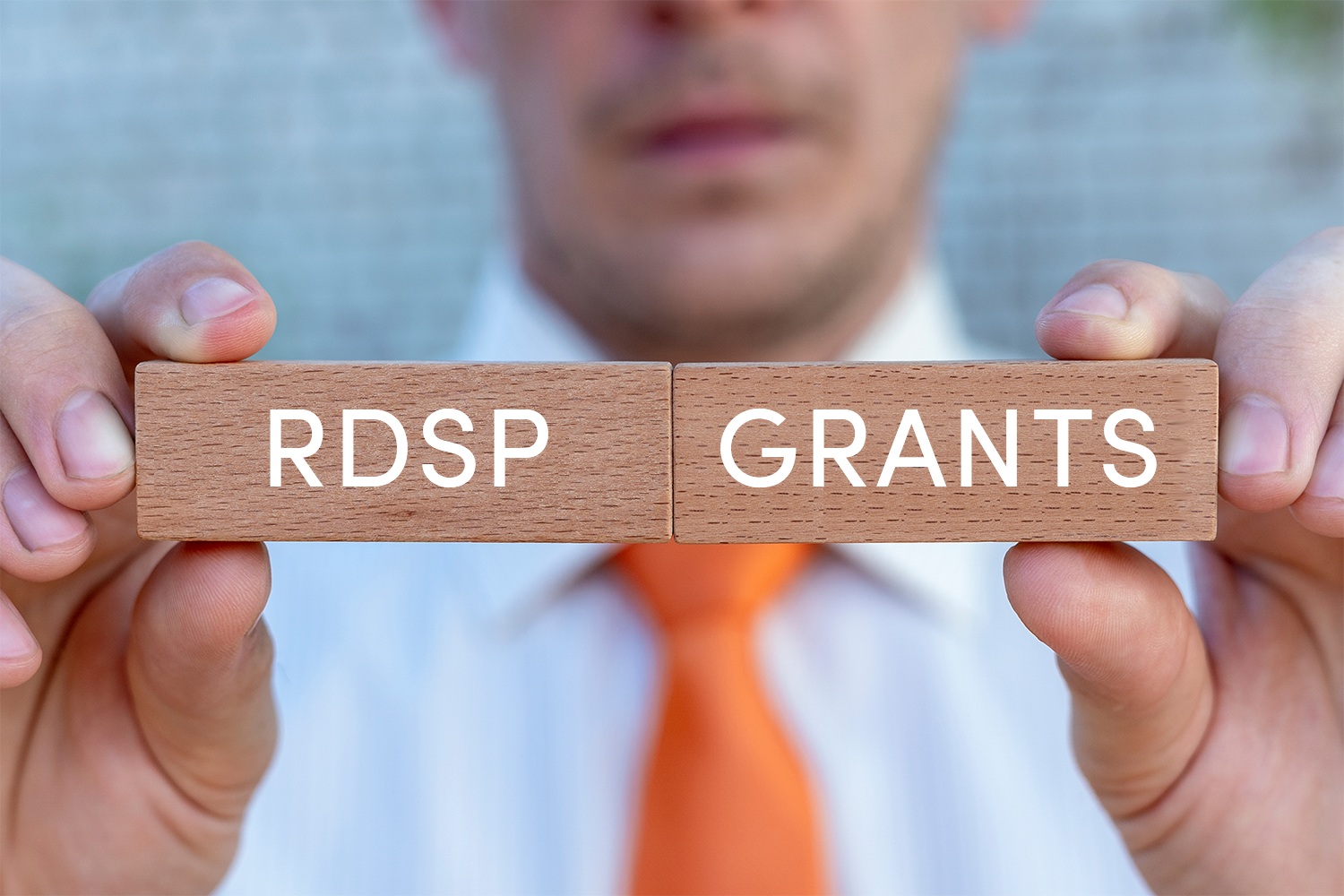The Registered Disability Savings Plan (RDSP) is one of the most powerful investment tools available. What makes it so unique is the fact that the Canadian Government will issue Canadian Disability Savings Grants (CDSG)’s based on contributions into an RDSP.
How are grants calculated?
Grants are calculated based off of 2 factors:
1) Your net income / family net income.
2) Your contribution.
The government will give you up to 3:1 matching on the first $500 invested into your RDSP, and 2:1 matching on the next $1,000. To summarize – if you invest $1,500 into an RDSP account, that can result in up to $3,500 in government grants being issued.
What makes this program also unique is the fact that grants are retroactive up to 10 years. So depending on your Disability Tax Credit eligibility, it may be possible to have up to $35,000 in retroactive grants available to you.
Grants are calculated based off your family net income of 2 prior tax years. For example, to calculate grants that may be available to you in 2022, this would be based on your net income / family net income of 2020. There is a threshold each year in which your family net income must be under in order to receive the 3:1 matching from the government.
Thresholds for the Canadian Disability Savings Grant
| Year | Threshold | Your Family Net Income (FNI) |
| 2022 | $100,392 | Your 2020 Family Net Income (Line 23600 of your income tax return + line 23600 of your spouse’s income tax return, if applicable). |
| 2021 | $98,040 | Your 2019 Family Net Income (Line 23600 of your income tax return + line 23600 of your spouse’s income tax return, if applicable). |
| 2020 | $97,069 | Your 2018 Family Net Income (Line 236 of your income tax return + line 236 of your spouse’s income tax return, if applicable). |
| 2019 | $95,259 | Your 2017 Family Net Income (Line 236 of your income tax return + line 236 of your spouse’s income tax return, if applicable). |
| 2018 | $93,208 | Your 2016 Family Net Income (Line 236 of your income tax return + line 236 of your spouse’s income tax return, if applicable). |
| 2017 | $91,831 | Your 2015 Family Net Income (Line 236 of your income tax return + line 236 of your spouse’s income tax return, if applicable). |
| 2016 | $90,563 | Your 2014 Family Net Income (Line 236 of your income tax return + line 236 of your spouse’s income tax return, if applicable). |
| 2015 | $89,401 | Your 2013 Family Net Income (Line 236 of your income tax return + line 236 of your spouse’s income tax return, if applicable). |
| 2014 | $87,907 | Your 2012 Family Net Income (Line 236 of your income tax return + line 236 of your spouse’s income tax return, if applicable). |
| 2013 | $87,123 | Your 2011 Family Net Income (Line 236 of your income tax return + line 236 of your spouse’s income tax return, if applicable). |
| 2012 | $85,414 | Your 2010 Family Net Income (Line 236 of your income tax return + line 236 of your spouse’s income tax return, if applicable). |
In order to get the 3:1 matching for the 2022 tax year, your 2020 family net income (line 23600 of your income tax return, and if applicable, + line 23600 of your spouse’s tax return). If this equates to being under $100,392 – then you would be eligible for the 3:1 matching.
In the event your family net income is over the threshold, you would still be eligible for 1:1 matching, up to $1,000 per year. So in the event you/your family earn a very high income, you can still put in $1,000 per year into your RDSP, and receive $1,000 in grants.
The maximum amount of retroactive government grants that can be paid out in a single year is $10,500.
Orthogonal Capital Management specializes in the Registered Disability Savings Plan. We have invested significantly in our technology to help give a clear view to our clients what is available to them, and more importantly how to maximize it. If you are currently eligible for the Disability Tax Credit and under the age of 49, open an RDSP today!

